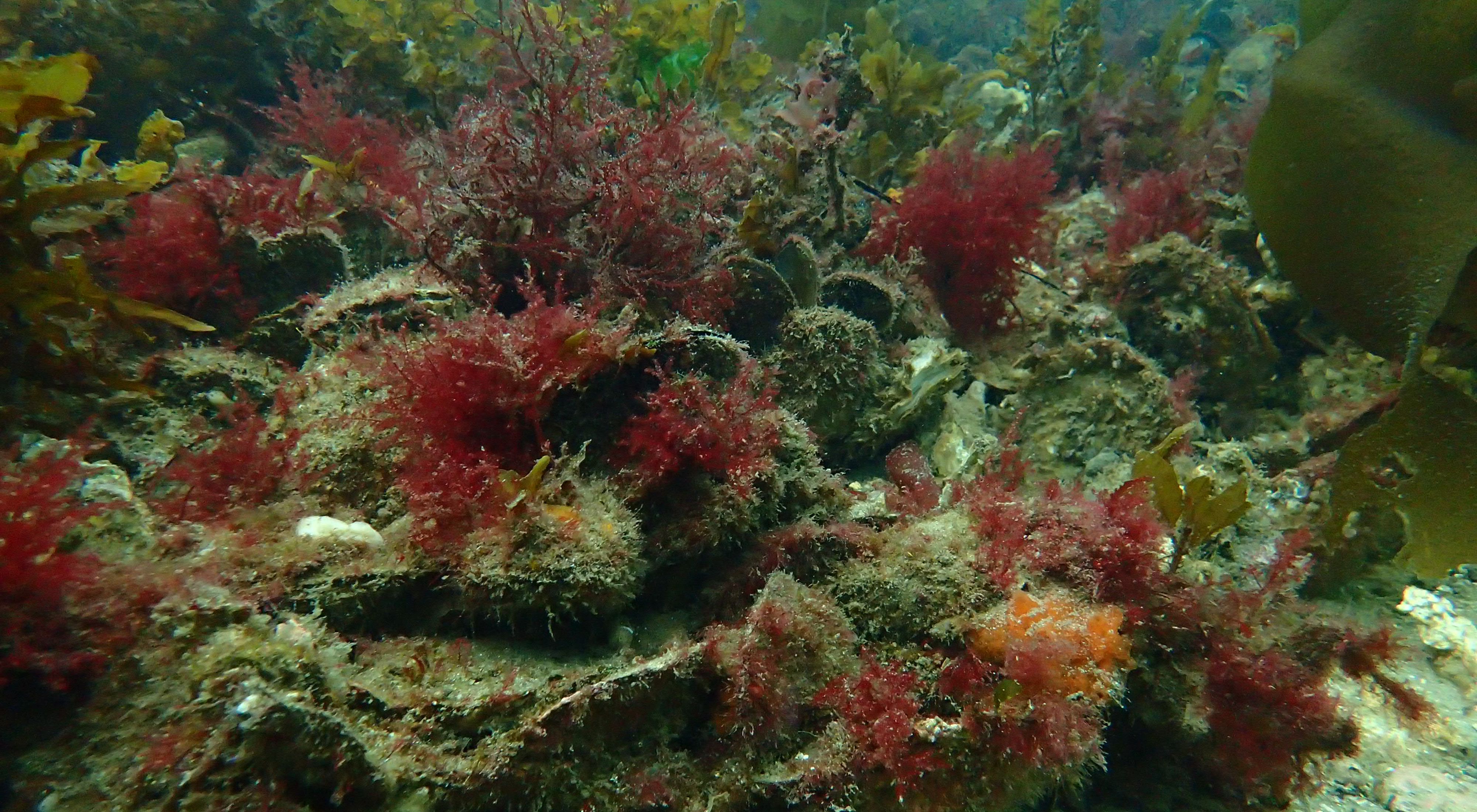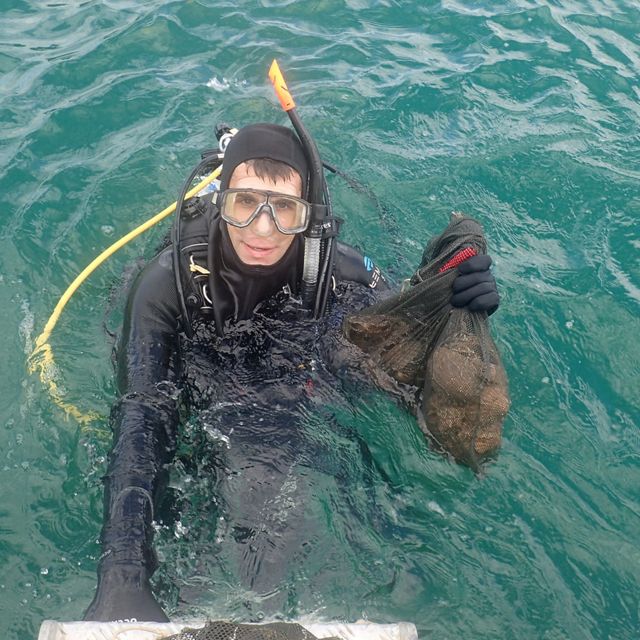Media Contacts
-
Tony Jupp
Associate Director of Communications
The Nature Conservancy Australia
Email: tjupp@tnc.org
A new study published today in the scientific journal PLOS ONE confirms 90-99% of Australia’s shellfish reefs have disappeared making them our most threatened ocean ecosystem. The study describes the most dramatic decline has been for reefs formed by the Australian Flat Oyster – out of 118 historical locations containing ecosystems developed by the Flat Oyster, only one known location remains (Georges Bay, Tasmania). The second most severe decline of the 14 bivalve[1] species covered in the study was the native Rock Oyster with only six locations known to still contain their ecosystems out of 60 historical locations.
Led by The Nature Conservancy, the study involved 15 scientists from 10 organisations across every state of Australia. “We already knew shellfish reefs were in bad shape globally with 85% of them lost or severely degraded,” said study leader Dr Chris Gillies, Marine Manager at The Nature Conservancy Australia. “Our study confirms the situation for these important marine habitats in Australia is even worse with less than 1% of Flat Oyster and 10% of Rock Oyster habitats remaining.”
The good news is that, with our help, these reefs are making a comeback where the threats that previously wiped them out can be avoided.
The main reasons for the reefs’ decline are overfishing for food and lime production (from the shells), destructive fishing practices (e.g. dredging), habitat modification, disease outbreaks, invasive species and a decline in water quality. Most of this occurred during the 1800s and early 1900s so the loss occurred outside the living memory of most people today – a phenomenon known as generational amnesia or shifting baselines.
“For many Australians today, the Great Barrier Reef probably first springs to mind as our most endangered ocean ecosystem. While it and other coral reefs are indeed under threat, it’s the shellfish reefs that have really suffered the most. It’s just that most of them disappeared before we were born so people aren’t aware we’ve lost them,” said Dr Ian McLeod, co-author of the study from James Cook University.
The ocean’s engineers
Oysters and mussels are ecosystem engineers that create, modify and maintain important habitat for a range of other species at a system-wide scale. When occurring in dense aggregations they form reefs and beds that contain unique biological communities. They also provide a range of ecosystem services such as food provision, habitat for fish and invertebrates, water filtration, fish production and shoreline protection.
The study highlights that the loss of these habitats negatively affects the economic and social wellbeing of coastal human populations, reducing the productivity of fisheries, increasing pollution risks to coastal communities and industries (e.g. aquaculture) and by increasing the cost of protecting coastal assets with built infrastructure like seawalls. The degradation of coastal ecosystems also contributes to the release of stored carbon, worsening climate change and increasing coastal risks associated with more frequent and intense storms, sea level rise and ocean acidification.
Study recommendations
“There is still time to arrest the decline in shellfish reefs and restore them to places where they once provided people and nature these benefits”, said Dr Gillies. The study makes three major recommendations:
- Educate the community on the function and value of shellfish ecosystems.
- Protect all remaining shellfish ecosystems and eliminate current and future threats by protection under Commonwealth and State Government threatened ecological community, flora and fauna, and fisheries policies and legislation.
- Invest more in shellfish reef restoration projects.
Restoration in action
Fortunately, Australia is already well equipped to reverse the decline of shellfish ecosystems with a number of existing tools available to help protect and restore them.
Projects are planned or underway in every Australian state with the assistance of private, government and non-government funding. And a national network of practitioners, The Shellfish Reef Restoration Network, has been established to help support reef protection and restoration.
“At The Nature Conservancy we have shellfish reef restoration projects underway in Port Phillip Bay, Victoria; Gulf St Vincent, South Australia; and Oyster Harbour, Western Australia,” said Dr Gillies. “At an eventual size of 20 hectares, Windara Reef in South Australia will be the largest shellfish reef restoration project ever undertaken in Australia.”
Quote: Dr Chris Gillies
Captain Cook provided the first European account of oyster reefs in Botany Bay in 1770. They provided a resource for food, lime production and boat building but were over-exploited to near extinction within a century.
[1] Bivalves are shellfish molluscs with two hinged shells such as oysters, mussels, scallops, cockles, clams etc.
This study was supported by the National Environmental Science Program Marine Biodiversity Hub (an Australian Government initiative providing information and understanding to support marine biodiversity management and conservation), The Nature Conservancy and the Thomas Foundation (see a full list of acknowledgements in the paper itself).
The Nature Conservancy is a global conservation organisation dedicated to conserving the lands and waters on which all life depends. Guided by science, we focus on getting things done efficiently and with the greatest positive impact for conservation. We’re a trusted organisation working in more than 70 countries and territories around the world on innovative solutions to our world’s toughest challenges so that nature and people can thrive together. To learn more about The Nature Conservancy in Australia, follow us on Facebook.

